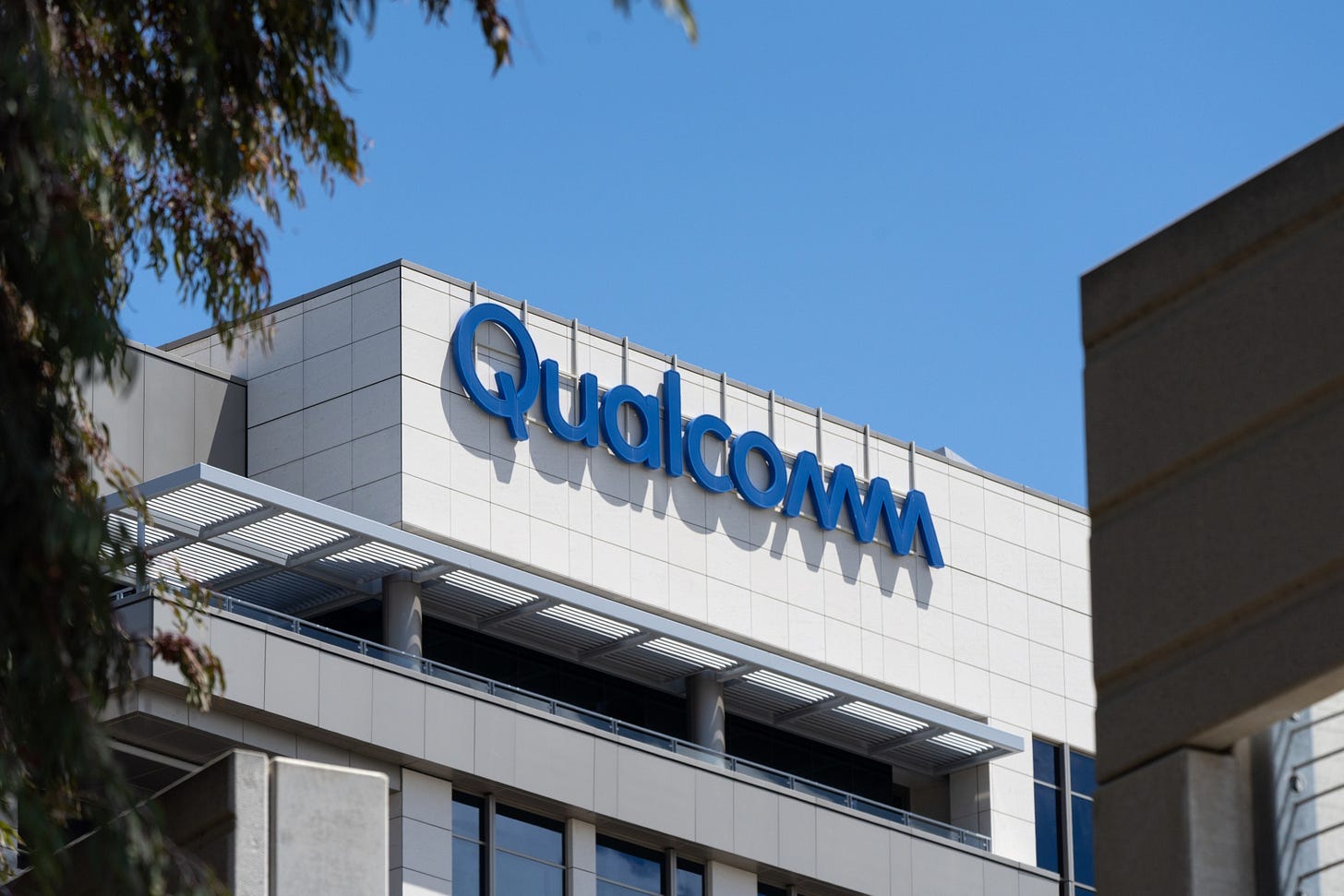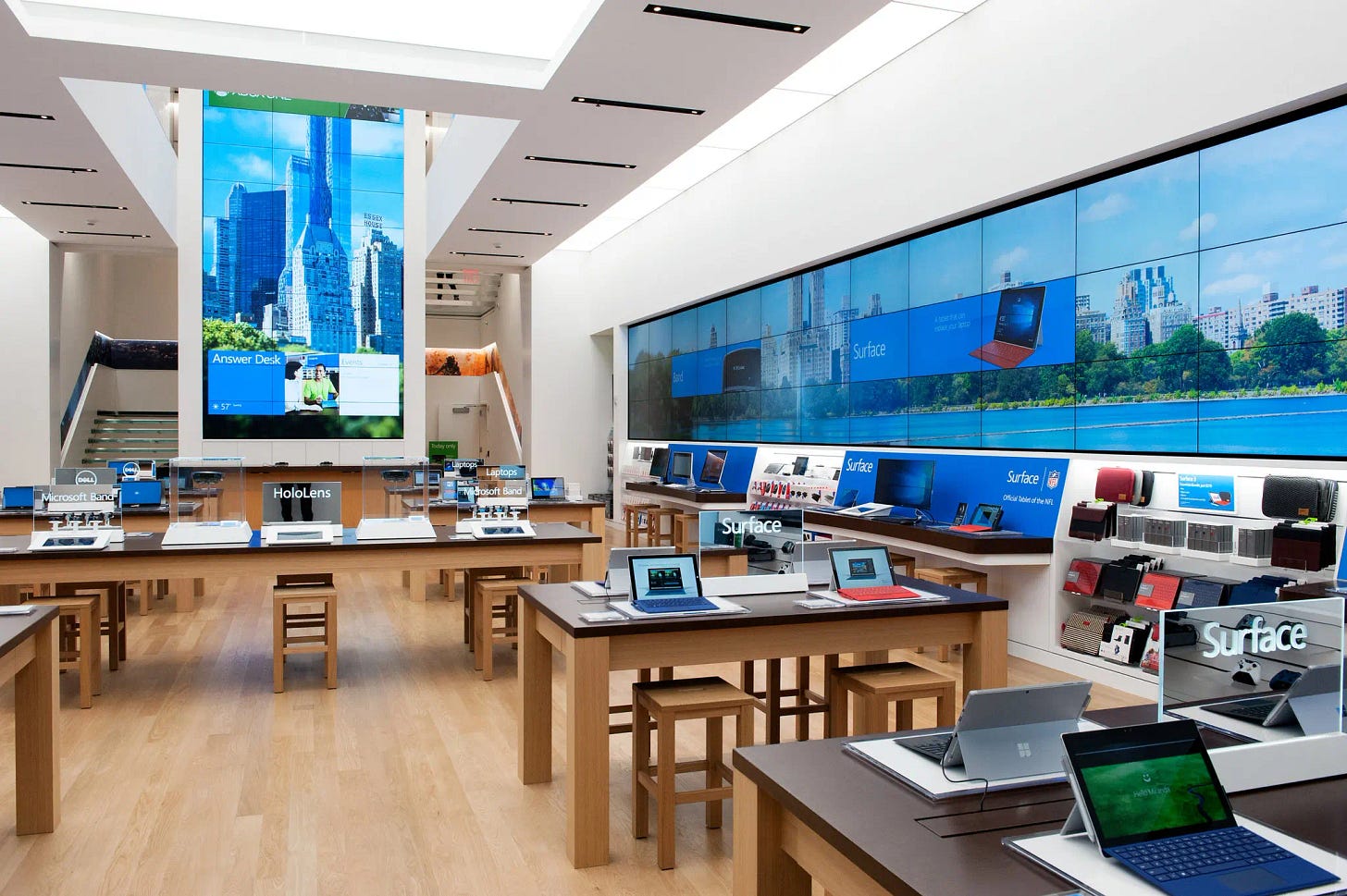Exclusive Q&A: Nagraj Kashyap, General Partner at Touring Capital
Nagraj Kashyap opens up about building a venture firm and thoughts on San Diego
Business San Diego delivers in-depth profiles of founders and insights on the most successful companies, executives, and technologies in San Diego. Subscribe to make sure you don’t miss the next story.

Nagraj Kashyap is among the top corporate venture capitalists of the last decade—best known for his time at Qualcomm Ventures, helping the firm grow from a $10 million fund into a $250 million fund.
He then went on to join Microsoft, and helped launch M12, the software giant’s venture capital arm. After nearly two decades of working at two prominent publicly-traded technology corporations, Mr. Kashyap worked at SoftBank Investment Advisers, where he led a notable $400 million investment into San Diego-based consumer company Vuori Clothing.
In September 2023, Mr. Kashyap made headlines after announcing he was co-founding a new-generation venture capital firm called Touring Capital, which is primarily focused on investing in early stage software and AI startups.
“It was a very hard time to raise a fund,” said Kashyap. “I got together with a few people I've worked with in the past — one all the way from Qualcomm and the other one from Microsoft. I told them: “We should do this.” We all had a very long working history together and decided now is the perfect time to do it.”
Kashyap rarely does interviews, he maintains a low profile and is often working behind the scenes. We chatted for 30 minutes and he answered most of my questions, which included his grand slam investment track record.
He’s backed unicorn startups such as Zoom, Fitbit, Xiaomi, Waze, Cloudflare, Netradyne, and many other fast-growing companies throughout his career.

Q: How Did You Land at Qualcomm Ventures?
I started my career as a software engineer, product manager, and management consultant before landing my job in venture capital back in 2003.
Qualcomm was beginning to launch its venture group. They were hiring for the founding team and I got the job — that’s when I moved to San Diego.
It was a pretty depressing time in tech, in the early 2000s, we had the first big bubble burst of the NASDAQ and basically there was almost no activity during that time.
We made a total of $10 million in investments in 2003.
Despite it being a recessionary period, it was a great time to start a venture firm, because asset prices were low. Qualcomm had the capital, we ramped up investing and ended up growing the venture arm significantly over that period.
I expanded the team pretty aggressively. We grew from three to 30 people, including team members from the U.S., India, China, Korea, Brazil, Israel, and Europe. We were one of the first U.S. investors to invest globally — including in China at the time.

Q: What Were Some of Your Top Startup Exits?
At Qualcomm, we invested very early into Xiaomi, one of the largest smartphone makers in the world
We invested in the Series A funding round of Zoom which was a very big win. We led the Series B round for Waze, an Israeli company that was later acquired by Google in 2013. Lastly, we invested in Cloudflare, which is now a $40 billion company.
Personally, it was very enriching. We had a tremendous amount of exits. When I went to Microsoft, they didn’t have a fund at the time.
It took me 13 years to build Qualcomm Ventures to a point where we were investing about $250 million. At Microsoft, it took me five years to reach the same stage, I knew what to do, what not to do.
At M12, we again started with zero and went to 30 people with a narrower geographic focus, including the U.S., India, Israel, and Australia. Focused mostly on software.

Q: How Did You End Up Leading Vuori Clothing’s $400M Funding Round at SoftBank?
A mutual friend connected me to the founder.
He basically said: Hey you’re a venture capitalist and this is one of the best founders out there, and you two should meet.
We met two to three times before we invested in Vuori.
I connected on a deeper level with the founder — how he built the company, how he was not able to raise any money from VCs, which forced him to bootstrap and build the company using a friends-and-family round — it was a struggle at first.
But he built the company with a strong sense of ethics, sustainability, and a lot of values, which resonated with me.
I had a few junior people analyze the business, but I really liked the founder, and I always back good founders. When I left SoftBank, he asked me to stay on the board.

Q: Thoughts on San Diego Compared to the Bay Area for Software and AI Founders?
It's gotten much better than when I first moved here, but it doesn't have critical mass.
Mike Krenn has done an amazing job of changing the reputation and getting more people here — but the density is not quite there yet.
At Qualcomm, very few people left to start new things on their own. That’s the problem — we don't have that flow of people leaving other big companies in tech, because there are not many big tech companies here.
People in the Bay Area leave large companies and start new things. San Diego just doesn’t have that same DNA. It doesn't have critical mass of VCs. It doesn't have critical mass of founders. If I'm going to spend five hours with startups, I can see 10 times more startups in the Bay Area than here, it’s an opportunity cost at the end of the day.




